Making recent pasta at residence could appear to be a singular ability reserved just for lovable nonnas and skilled cooks, however this couldn’t be farther from the reality. Do-it-yourself Italian pasta is as easy to make as it’s scrumptious, and all you want is a couple of high-quality substances and a few observe.

Whether or not you’re an expert chef or a cooking novice, it’s by no means the improper time to learn to make genuine Italian recent pasta from scratch.
Immediately, we’ll share our closely-guarded secrets and techniques to creating silky-smooth genuine Italian pasta dough that may transport you to a conventional osteria and encourage visions of Roman hills and Mount Vesuvius’ smoking peak.
Roll up your sleeves and flour your surfaces, it’s time to make pasta!
The Fundamentals of Making Italian Pasta
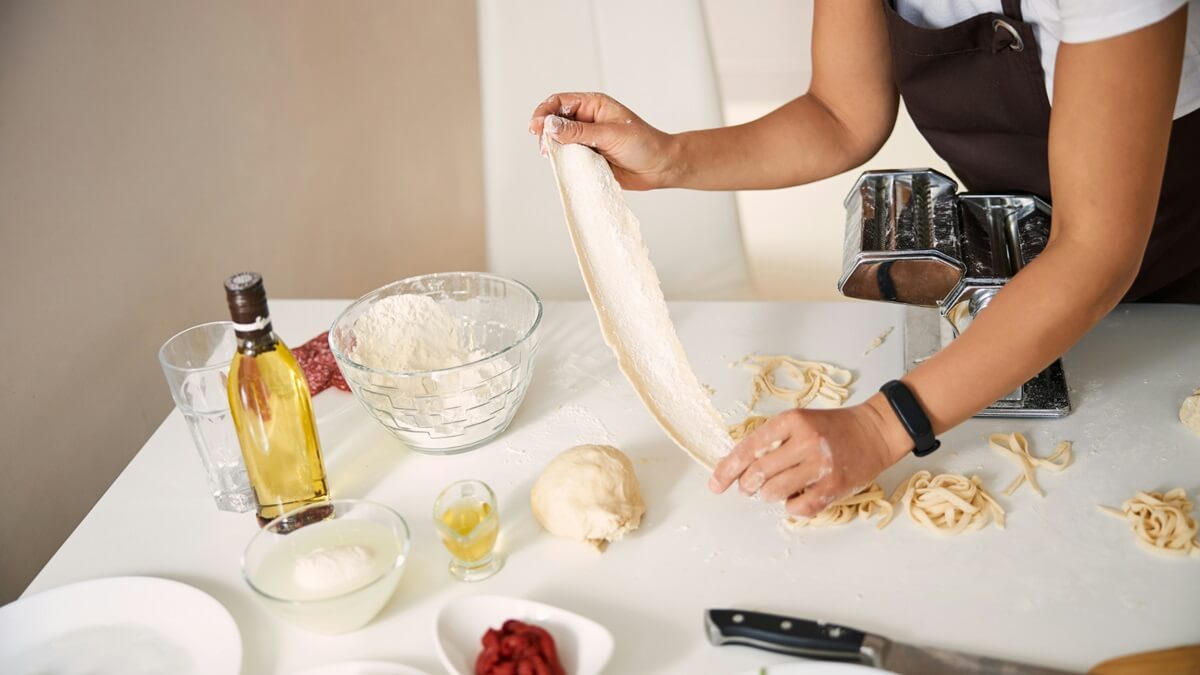

Earlier than delving into the specifics of the artwork of constructing pasta, it’s vital to know a few fundamental ideas of pasta making. Whereas pasta dough is easy sufficient to make, there are a couple of key concepts to remember.
Observe our skilled pasta-makers’ tips to make scrumptious, genuine Italian recent pasta each time!
Important Substances for Italian Recent Pasta
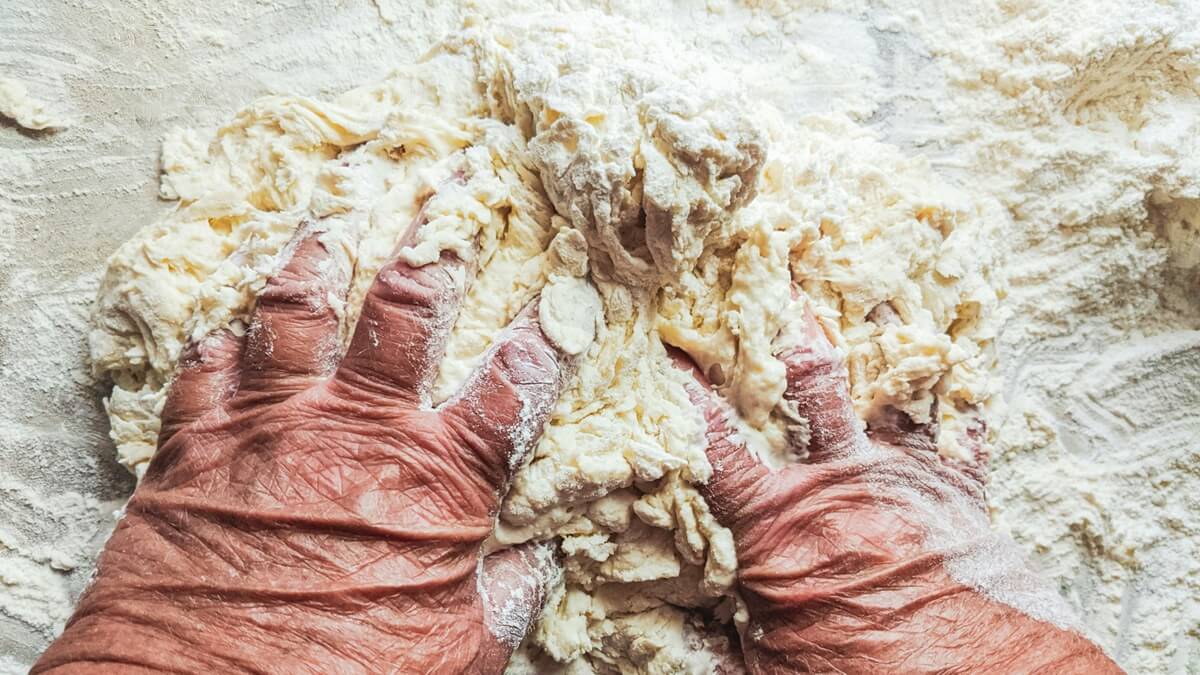

One facet of Italian meals that makes it so world-famous is its native produce, sustainability and freshness. In fact, earlier than you can begin crafting your pasta dough and cooking your genuine Italian pasta recipe, you will need to collect your substances.
Which pasta dough substances you utilize will make a world of distinction in how your pasta seems, together with its texture, coloration, consistency and style.
Let’s delve into which substances it is advisable to make conventional pasta dough and why.
White flour: You’ll be able to’t make pasta dough with out flour! Whereas you may make entire wheat pasta at residence utilizing brown flour, we at all times advocate newcomers use fundamental white wheat flour because it’s much less finicky and offers you that basic genuine Italian style. We’ll discover which white flour to make use of within the subsequent part.
Semolina flour: This coarsely floor wheat flour is the important thing to your pasta’s grainy taste and stretchy texture. Greater in protein, semolina flour not solely boosts the pasta’s dietary worth but additionally permits it to be simply kneaded and are available collectively right into a cohesive dough. Whereas semolina flour could also be barely tougher to seek out exterior of Italy, it’s an absolute should for anybody desirous to recreate conventional Italian pasta dough at residence.
Eggs: Relying on which Italian area you’re drawing inspiration from throughout your pasta-making night, your dough could embrace recent eggs. Eggs add important fat and proteins to the dough, which helps develop the gluten. This fats additionally smooths out the dough, making it pliable and mushy. To not point out, the orange egg yolks impart that golden hue everyone knows and love.
Salt: Final, however actually not least, you’ll want a beneficiant pinch of salt. Finer salt varieties, like sea salt or desk salt, works finest for genuine Italian pasta dough because it imparts that delicate salty taste with out affecting the feel.
The Significance of Utilizing High quality Flour
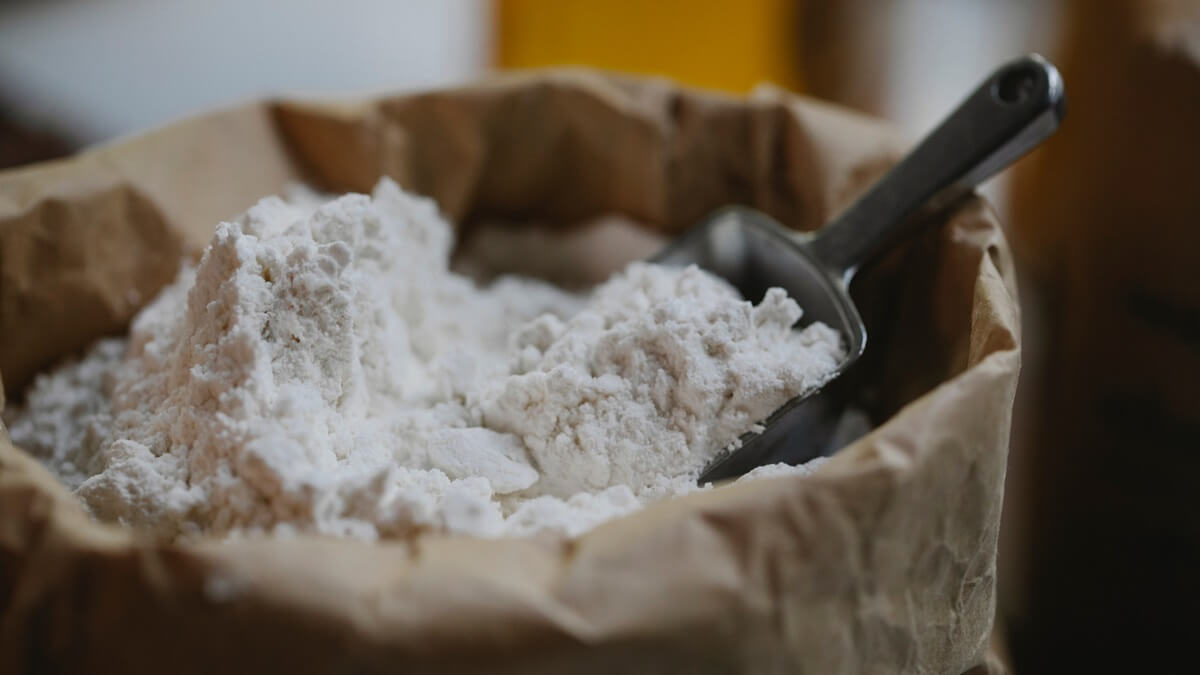

Should you’ve ever ventured into the flour aisle in an Italian grocery retailer, you’ve undoubtedly seen the big selection of flours they’ve to supply. In contrast to North American grocery shops which normally carry all-purpose, cake and entire wheat flour, Italian supermarkets categorize flour by the fineness of the bottom.
Whereas all-purpose flour can work for pasta dough, we extremely recommend following Italians’ lead and utilizing 00 flour as an alternative.
This particular, prime quality flour is ideal for creating the last word Italian pasta dough because of its following traits:
Gluten content material: Many gluten-sensitive individuals who come to Italy and may freely take pleasure in pasta and pizza with out encountering their traditional abdomen issues usually assume that Italian flours have a decrease gluten content material. Nevertheless, that is reverse from the reality. 00 flour really has a barely increased gluten content material (at round 12%) than all-purpose flour, lending it that stretchy however robust consistency.
Floor: Should you had been to really feel the consistency between all objective flour and 00 flour, the very first thing you’d discover is the distinction in texture. Whereas all objective flour is ok sufficient to be seamlessly combined into baked items, it’s barely coarser and should you pay shut consideration to the grain, you’ll have the ability to really feel the person particles of wheat. In the meantime, 00 flour is floor so finely it’s virtually powder-like. This contributes to its stretchability and smoothness, permitting you to make silky {smooth} pasta dough.
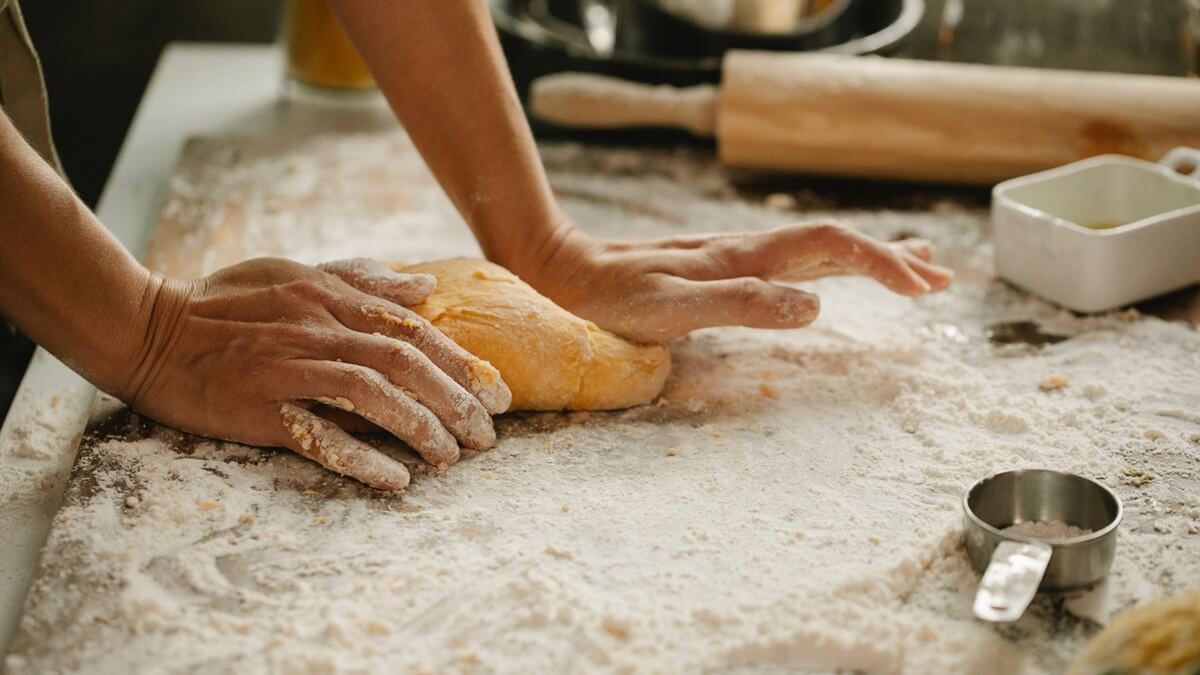

What kind: Not all wheats are created equal and the kind of wheat flour is milled from will drastically have an effect on your ultimate product. All objective flour is product of floor purple wheat whereas 00 flour is milled from durum wheat. Purple wheat creates a extremely elastic dough which springs again when stretched, making it susceptible to ripping. Nevertheless, durum wheat is simply as robust as purple wheat whereas being much less elastic, making it extra pliable. This flexibility is essential because it lets you roll your pasta dough into lengthy, uniform sheets.
Eggs or No Eggs? Regional Variations


Italy’s pasta is as numerous as its individuals and whether or not or not your pasta dough contains eggs is dependent upon which a part of Italy you’re drawing inspiration from.
Recent pasta dough from Northern Italy normally has eggs in it to carry the dough collectively as 00 durum wheat flour (native to the area) is just too advantageous to make right into a dough merely with water.
Down in Southern Italy, pasta is primarily constructed from coarse semolina flour, native to the south. Combining this high-gluten flour with water is adequate to activate the proteins, making a secure and stretchy dough – no eggs wanted!
How you can Make Italian Pasta at Dwelling: Step-by-Step Information


Now that you simply’re acquainted with the fundamental pasta substances, how your flour selection will have an effect on the ultimate end result and which areas use eggs of their recent pasta dough, it’s time to lastly make genuine pasta dough at residence!
Step 1: Put together the Dough
Combine collectively 250 grams (2 cups and 1 tbsp) of 00 flour, the identical quantity of semolina flour and a few pinches of salt. As soon as mixed, kind your flour combination right into a mound on a clear, dry work floor. Use your finger to kind a effectively within the heart.
Add 5 tbsp of olive oil and 5 eggs to the effectively and use your finger to interrupt the yolks and slowly incorporate extra flour into the eggs.
Step 2: Knead and Relaxation the Dough
As soon as the dough has began to come back collectively, it’s time to get kneading! Fold the dough on high of itself, till it’s {smooth} and uniform. Then, cowl your dough with saran wrap and set it apart to relaxation at room temperature for half an hour.
Resting the dough is a vital a part of this course of because it permits the gluten to chill out, creating the right texture.
Step 3: Roll Out the Dough
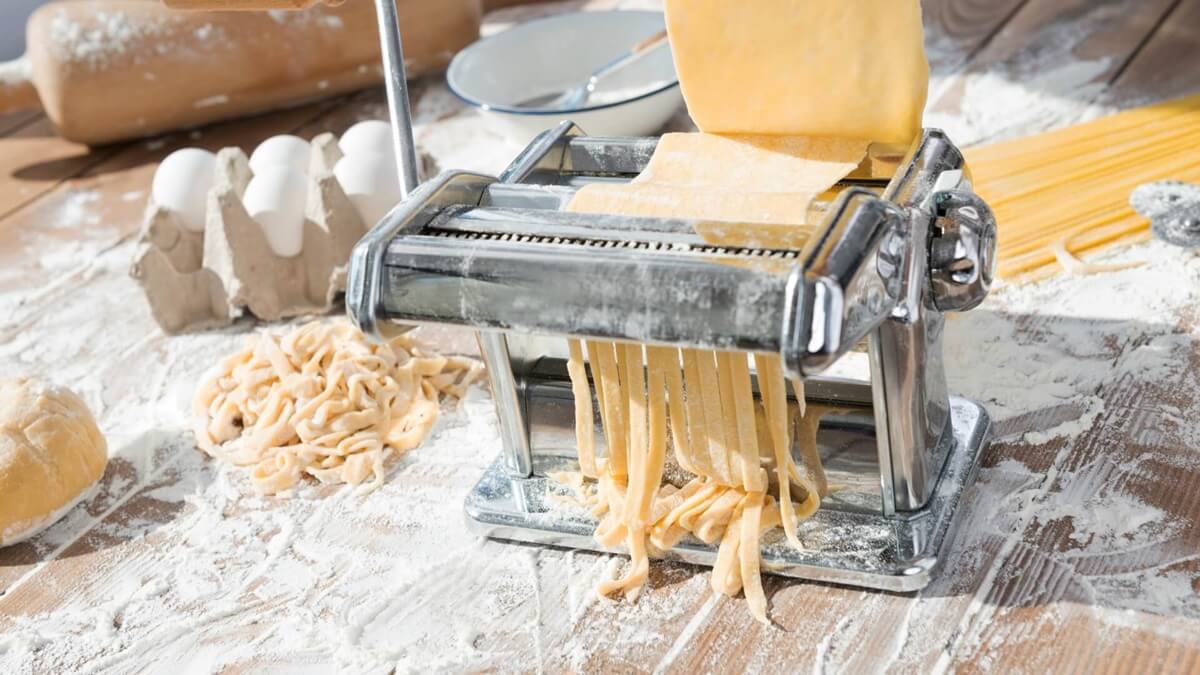

As soon as the dough has rested, you possibly can roll it out into these iconic lengthy pasta sheets. If in case you have a pasta maker, run your dough via it on the widest setting. Step by step set your pasta maker to thinner settings till you attain the desired thickness. Do not fold your pasta dough in between working it via the pasta maker.
Don’t fear should you don’t have a pasta maker at residence! You’ll be able to nonetheless make genuine Italian pasta utilizing solely a rolling pin! On a floured floor, slowly roll out the pasta dough as uniformly as potential till it’s about ⅛ -inch thick.
Step 4: Minimize the Pasta
A part of what makes pasta so enjoyable to make is enjoying with totally different shapes, lengths and textures!
Utilizing a pasta maker or sharp paring knife, slice the pasta into skinny strips to make splendidly silky tagliatelle.
Slices your sheets ino thick rectangles to make lasagna that, when paired with ragù, will blow your thoughts.
Use a pastry cutter wheel to chop small rectangles out of your dough sheet. Pinch every rectangle within the heart to create enjoyable farfalle (i.e. bowtie) pasta.
In case your pasta maker has totally different attachments, you possibly can even make rigatoni or penne!
Step 5: Prepare dinner the Pasta
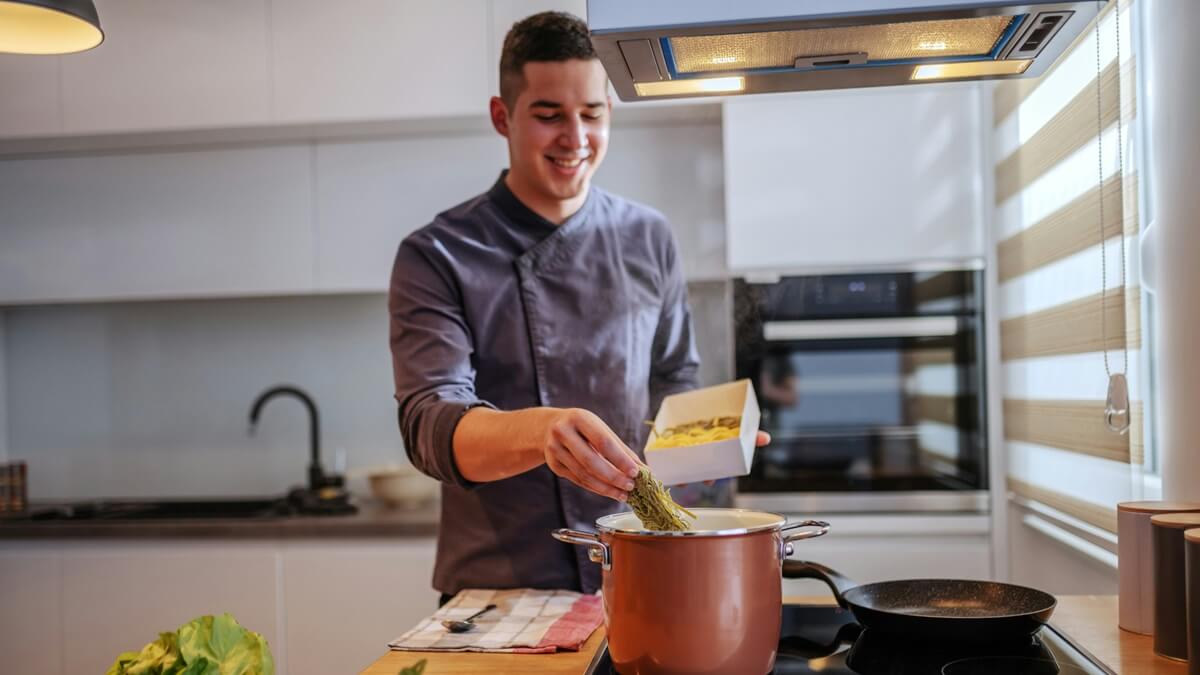

Your pasta has been kneaded, rested, rolled out and lower, and also you couldn’t be extra proud. Fortunately, the final step can be the best – cooking it!
Convey a pot of water to a roaring boil and salt generously. Fastidiously drop your recent pasta into the boiling water and gently stir to forestall sticking.
Boil your pasta for 2 to three minutes earlier than draining and including it to your sauce.
And presto! Your pasta is prepared and searching completely scrumptious.
Try our article How you can Prepare dinner Pasta the Italian Manner: Genuine Methods and Suggestions for an in depth information to creating conventional Italian pasta, together with our insider ideas on tips on how to boil your pasta and genuine sauce pairings for several types of pasta.
Wrapping Issues Up
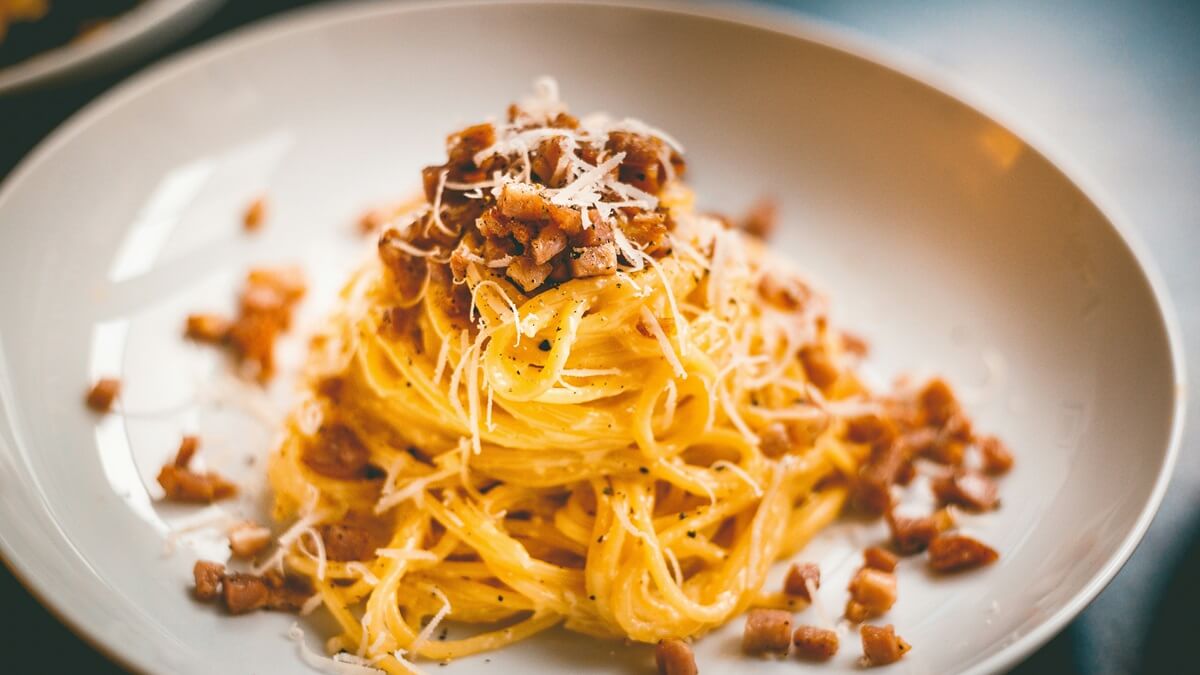

Identical to that, you’re a pasta professional!
Pasta requires the three Ps: endurance, observe and, in fact, prosecco as a deal with all through the lengthy course of. So, pour your self a glass, sprinkle your counter with flour and get to work!
Should you’re a fan of getting a candy deal with after your conventional Italian pasta dinner, ebook our Hands-on Pasta Making and Tiramisù Class to learn to make the final Italian meal to your subsequent feast.

